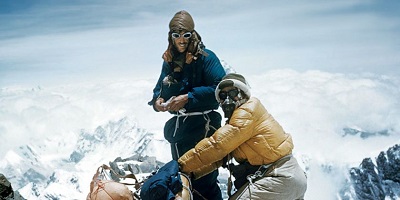connect with the hour glass
New Watch! • 18 Dec 2015
3 Secrets About The First Watch That Conquered Mount Everest

On 29 May 1953, a defining moment of mankind’s history was written, two men became the first humans to set foot on the peak of Mount Everest, the highest mountain on earth. They were Sir Edmund Hillary and Sherpa Tenzing Norgay. It was just the beginning of space exploration, there was neither GPS nor Satellite technology. Yet these two men braved the worst of nature’s elements and entrusted their lives to the simple equipment we take for granted today, the compass for navigation and the trusty watch for accurate time keeping. Together with 50lbs of equipment, it became not much of a feat of skill but one of sheer endurance, both man and instruments. Despite the odds of the harsh and cold temperatures, environment and low pressure, the men and their equipment withstood the test and followed them all the way up to the peak. This trusty watch was a leather strapped Rolex built specifically for this expedition. In the era where there was no mobile nor digital devices, the men relied on this simple looking leather strapped watch to keep time, which was of paramount importance especially during the final ascent as every second on the oxygen tanks counts.
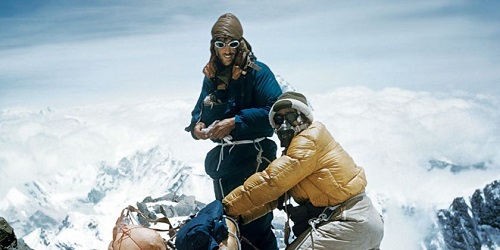
Lord Hunt, leader of the historic British expedition, wrote afterwards on the importance of the Rolex watch: “We have indeed come to look upon Rolex Oysters as an essential part of our high-climbing equipment.

Here are 3 secrets about this unique watch that was first to conquer Mount Everest.
1. This Rolex Oyster Perpetual was a unique piece
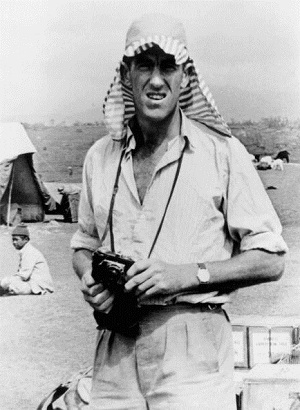
Contrary to popular belief, this Rolex watch was a built in 1950 and was not commercially available. Many people mistook the watch for the popular Rolex Oyster Everest, which was built between the 1930s and 1940s.
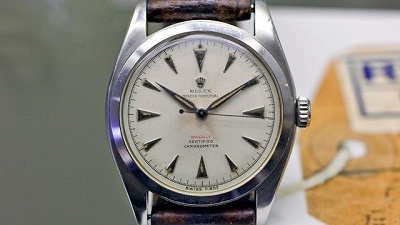
2. This Rolex Oyster Perpetual was a prototype and not a gift
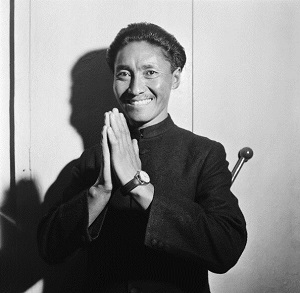
Many would have thought that this watch would be one that was commercially available and given as a gift to the climbers, but it was in fact a prototype specifically built by Rolex in 1950 to challenge the elements, as no watch has ever challenged such high altitudes at such low pressures and temperatures. After the expedition, the climbers had to return the watches to Rolex first for further extensive testing, and then thereafter presented back to them as a gift. This confidence displayed by the men in Rolex’s technology spurred a Rolex watch revolution. Many subsequent mountaineering feats were achieved with trusty and reliable Rolex Oysters. One example was the solo feat Italian Reinhold Messner achieved in 1978, when he conquered Everest without the use of oxygen tanks. His only companion was the trusty Rolex Oysterquartz.
3. This watch would become the Rolex Oyster Perpetual Explorer
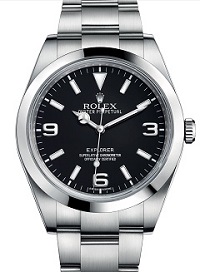
This watch was eventually christened as the Rolex Oyster Perpetual Explorer. The Rolex Oyster Perpetual Explorer is the result of the Everest expedition, and the new Explorer is an amalgamation of 65 years of innovation and technologies from Rolex’s commitment and involvement in exploration.
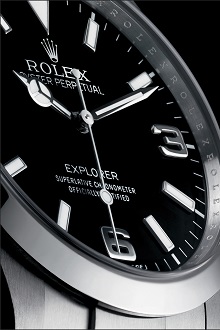
Today, the Explorer still retains the simplicity of its predecessors, retaining its distinctive black dial, its clear hour and minute hands with highly legible luminescent indices and large Arabic numerals at 3, 6 and 9 o’clock.
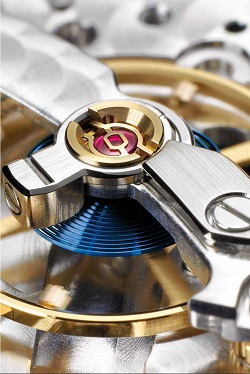
These features may seem unassuming yet such simplicity is ingenuine as all of it ensures optimal legibility in the dark, a crucial feature for explorers. The new chromalight display emits a blue glow and is legible in the dark for twice as long as before. Also beneath the new explorer’s dial lies the shock resistant paraflex technology, a highly efficient shock absorber designed to protect sensitive components of the movement.
The Rolex Explorer will forever live on as the lasting legacy of Sir Edmund Hillary and Sherpa Tenzing Norgay’s epic feat of mankind.
The Hour Glass is the official retailer of Rolex Timepieces.



